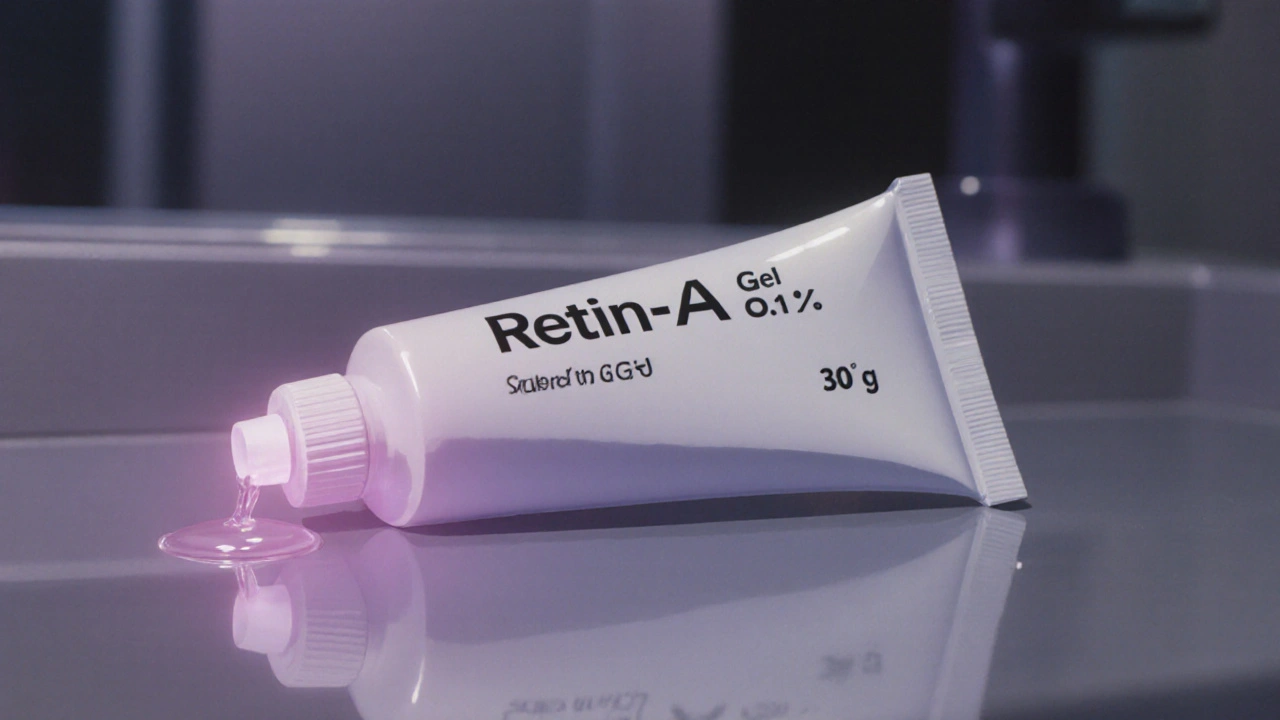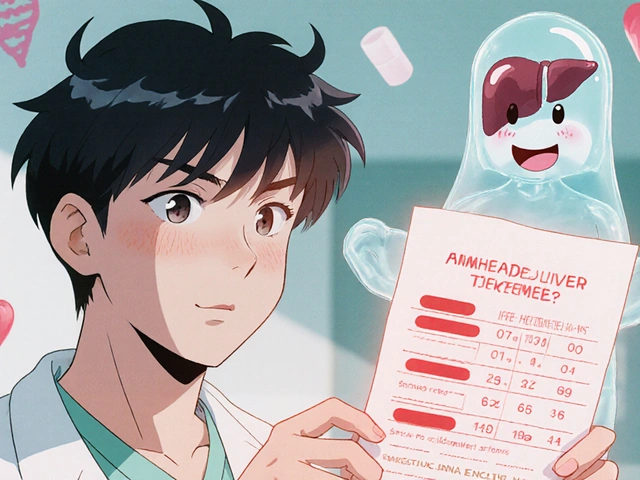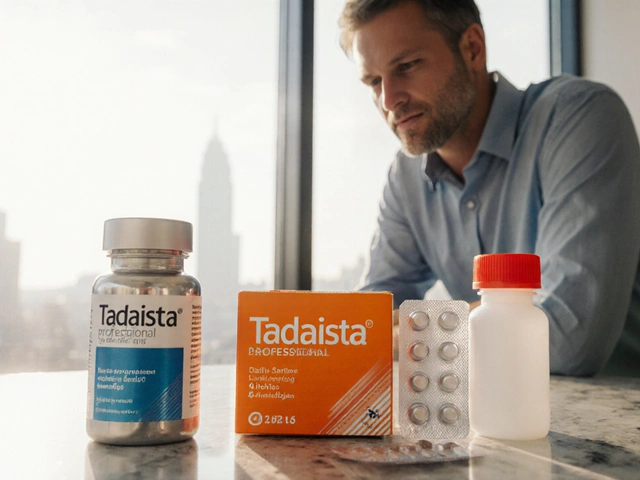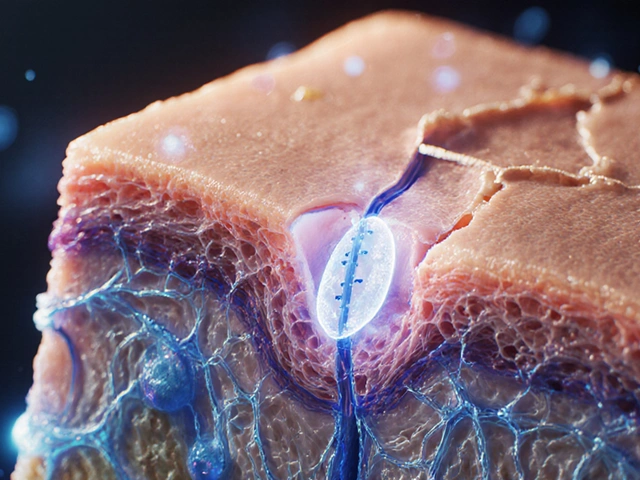Acne Treatment: Real‑World Tips That Actually Work
Acne can show up out of the blue, and it feels like a nuisance that won’t quit. The good news? Most breakouts are manageable with the right routine and a few smart product choices. Below you’ll find a step‑by‑step plan that tackles the common causes and gives you clear actions to take.
Start With the Basics – Cleanse, Moisturize, Protect
First off, keep your skin clean but not stripped. Use a gentle cleanser with salicylic acid or benzoyl peroxide once in the morning and once at night. Don’t scrub hard; harsh friction can worsen inflammation. After washing, apply a lightweight, oil‑free moisturizer. Even oily skin needs hydration to stop the sebaceous glands from overproducing oil.
Protection is often missed – sunscreen matters. Look for a non‑comedogenic SPF 30+ formula. Sun exposure can darken acne spots and trigger more oil. A simple spray or lotion won’t ruin your routine and keeps your skin safe.
Over‑the‑Counter (OTC) Options That Deliver
OTC products are a good first line. Benzoyl peroxide (2.5%–10%) kills bacteria and dries out pimples. Apply a thin layer only to the affected area; higher concentrations can cause irritation. Salicylic acid (0.5%–2%) unclogs pores and smooths texture – great for blackheads and whiteheads.
If you have hormonal flare‑ups, consider an OTC retinoid like adapalene 0.1%. It speeds up cell turnover, preventing new blockages. Start with every other night, then build up as your skin tolerates it. Consistency beats intensity; a little every day beats a lot once a week.
Tea tree oil is a natural alternative. A 5% solution applied with a cotton swab can reduce redness. Just patch test first – some people react to essential oils.
When Prescription Power Is Needed
If OTC creams aren’t cutting it after 6‑8 weeks, it’s time to talk to a dermatologist. Prescription options include topical antibiotics (clindamycin, erythromycin), combination gels (benzoyl peroxide + clindamycin), and stronger retinoids (tazarotene). Oral medications like doxycycline or minocycline help moderate inflammation for moderate to severe acne.
For women, hormonal therapy such as oral contraceptives or spironolactone can balance hormone‑driven breakouts. These require a prescription and monitoring, but many report clear skin within a few months.
Lifestyle Tweaks That Support Clear Skin
Food isn’t the sole culprit, but high‑glycemic loads can spike insulin and worsen acne. Swap sugary cereals for whole‑grain oats, and add plenty of veggies. Stay hydrated – water helps flush out toxins and keeps skin plump.
Stress management matters. Cortisol can trigger oil production, so try short daily walks, breathing exercises, or a hobby you enjoy. Sleep 7‑9 hours to let skin repair overnight.
When to See a Dermatologist
If you notice deep cystic lesions, persistent pain, or scarring, book an appointment. A dermatologist can offer procedures like chemical peels, laser therapy, or cortisone injections that speed up healing.
Also, if any medication causes severe redness, swelling, or allergic reactions, stop use and get professional advice. Early intervention prevents long‑term marks.
Acne is frustrating, but with a clear routine, the right products, and professional help when needed, you can keep breakouts under control. Start simple, stay consistent, and adjust as your skin tells you what works.
Retin‑A Gel 0.1% vs Other Tretinoin Options: Detailed Comparison
By Lindsey Smith On 22 Oct, 2025 Comments (13)

A detailed look at Retin‑A Gel 0.1% versus other tretinoin options, covering efficacy, side‑effects, cost and how to choose the best retinoid for your skin.
View MoreHow to Buy Cheap Generic Accutane Online Safely
By Lindsey Smith On 28 Sep, 2025 Comments (8)

A step‑by‑step guide on safely purchasing cheap generic Accutane online in the UK, covering legal checks, price comparison, ordering process, and common pitfalls.
View More




